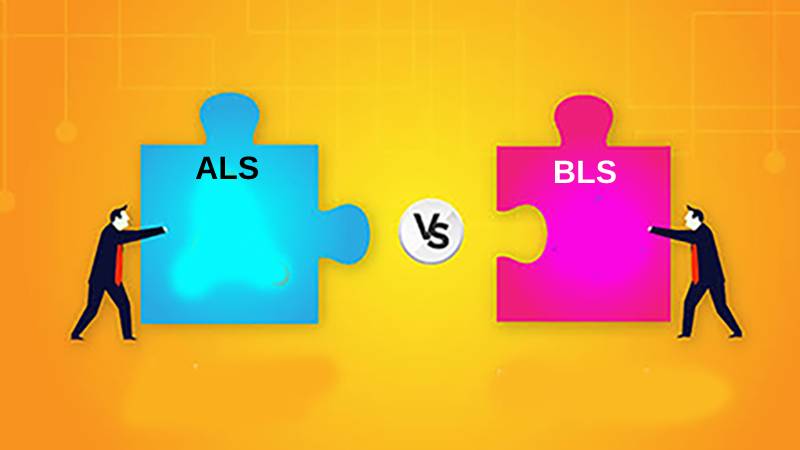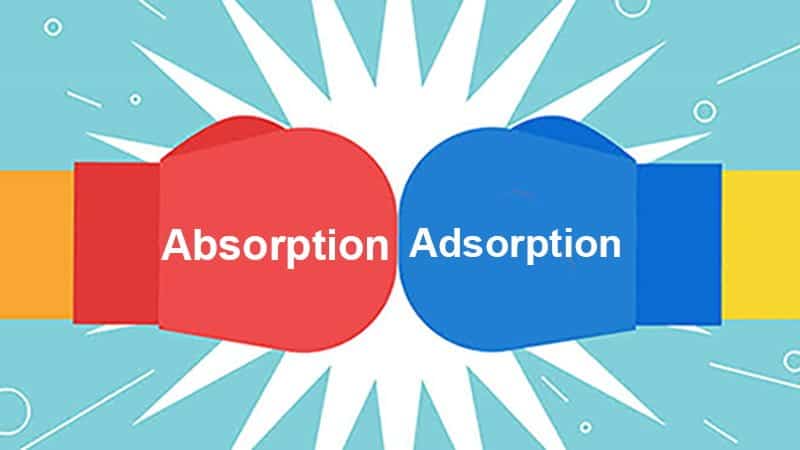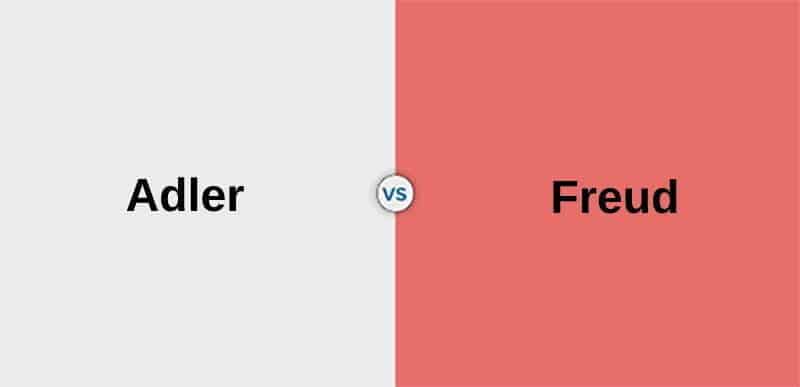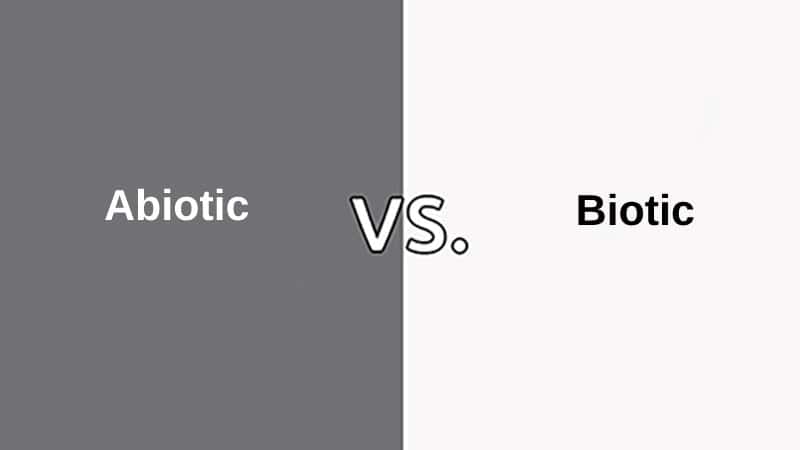A nervous system is an organized group of cells called Neurons. It is a collection of nerves and cells that take messages from the brain and spinal cord and distribute them to different body parts.
It is the center of all mental actions. The central nervous system and the peripheral nervous system make up the nervous system in a body.
Central Nervous System VS Peripheral Nervous System.
The Main Difference Between the Central Nervous System and the Peripheral Nervous System is that the Central nervous system collects and processes the sensory messages. whereas the Peripheral nervous system relays information to and from the central nervous system and distributes it to the other effector organs.

The spinal cord and the brain are the two things that make up the central nervous system (CNS). It is taken as the body’s main processing center. Meninges, a three-layer membrane, protects the brain and the spinal cord.
In terms of tissue, it is further divided into two parts. White matter and grey matter. The CNS takes up information from all over the body and engages in the coordination activities on the whole of the organism.
The peripheral nervous system(PNS) is outside the central nervous system. It covers the entire body from head to toe. It plays a vital role as a binding network between the brain and the different body parts like organs, limbs, skin, etc.
The PNS comprises two nerve systems: the Autonomic nervous system ANS, and The somatic nervous system.
Table of Comparison Between The Central Nervous System and Peripheral Nervous System
| Parameters of comparison | Central Nervous System | Peripheral Nervous System |
| Structure | The brain and spinal cord together made up the central nervous system | The peripheral nervous system has dorsal and ventral root nerves. |
| Function | The central nervous system mainly deals with the body’s voluntary functions. | The peripheral nervous system handles the involuntary activities |
| Nature | The nature of the central nervous system is that it has sensory and motor nerves that are interlinked to the brain and spinal cord. | The peripheral nervous system is like a bridge that connects the central nervous system and the body |
| Control | The brain controls and managed the main functions of the body. | The PNS controls the peripheral functions of the muscles. |
| Role | The CNS collects, processes, and give output like a supercomputer | The most important role of the PNS is to act as a channel between the central nervous system and the other body parts. |
What is Central Nervous System?
The central nervous system is nothing but the brain and the spinal cord. It is the only processing unit in the body. This system manages and influences the overall activities of the body.
The brain is where all our thoughts live. The brain helps to communicate with the environment and controls all body movements.
The brain is like a supercomputer; it takes inputs through the sense organs, interprets them, and outputs data accordingly.
The spinal cord is the other part of the central nervous system. The main function of the spinal cord is to relay or transmit signals between the brain and the body. When, for any reason, the spinal cord is injured, this information system gets disrupted, and the body parts or organs cannot function properly.
Most other organ systems in an organism’s bodywork or control only one or local body function. However, the central nervous system always performs many different functions and bodily activities simultaneously.
The nervous system is covered by the skull and the spinal cords, which are hard bones. The syrinx, a fluid-filled space inside the bone for shock absorption, also cushions it.
What is Peripheral Nervous System?
The peripheral nervous system consists of nerves and ganglia outside the central nervous system. This nervous system consists of two main types: the Autonomic and the somatic nervous system.
The autonomic nervous system ANS deals with the involuntary actions of the body. It works unceasingly and unconsciously. The ANS regulates the heartbeat, breathing, bodily temperatures, blood pressure, and other visceral functions to help maintain homeostasis.
The somatic nervous system SNS deals with voluntary muscle movement and transmits information between the central nervous system and the other body parts. The somatic nerves go to the muscle and skin and help the body deals with the external environment effectively. This somatic nerve consists of sensory and motor neurons.
The peripheral nervous system belongs to the cranial and spinal nerves mixed with their roots and all the other branches. These nerves are found all over the body like connecting wires through which the central nervous system manages the body’s functions efficiently.
Main Differences Between Central Nervous System and Peripheral Nervous System.
- The spinal and the cranium form the central nervous system of an organism. At the same time, the peripheral nervous system comprises all the other nerves outside of the CNS.
- The central nervous system possesses a very short nerve impulse, but the peripheral nervous system has a somewhat longer nerve fiber.
- The Central Nervous System gathers and studies information, whereas the Peripheral Nervous System acts as a highway of information for the CNS and the various body parts.
- Damage to the Central Nervous System causes a major impact or breakdown of the whole body, whereas damage to the peripheral Nervous System doesn’t cause a major body impact.
- The Central nervous system finds it impossible to regenerate its nerve fibers, but most of the Peripheral Nervous System can regenerate.
Conclusion
The Nervous System is, as discussed above, the Central and Peripheral Nervous System. It performs three major roles: inputs, integration, and output.
The CNS has the brain and the spinal cord as its two major components. It is engaged in the data processing and management of information. This data and information are gathered and distributed by the Peripheral Nervous System.
Therefore, the most interesting difference between the CNS and PNS lies in their roles in coordinating different bodily functions.
The Central Nervous System is contained in the brain and spinal cord, but the Peripheral Nervous System is found all over the body.
These two complex nervous systems work in tandem to bring out the optimum performance in the organism,, whether human or otherwise. From the power of thinking to the feeling of sensation and taste, this nervous system controls the body’s overall functions.



















